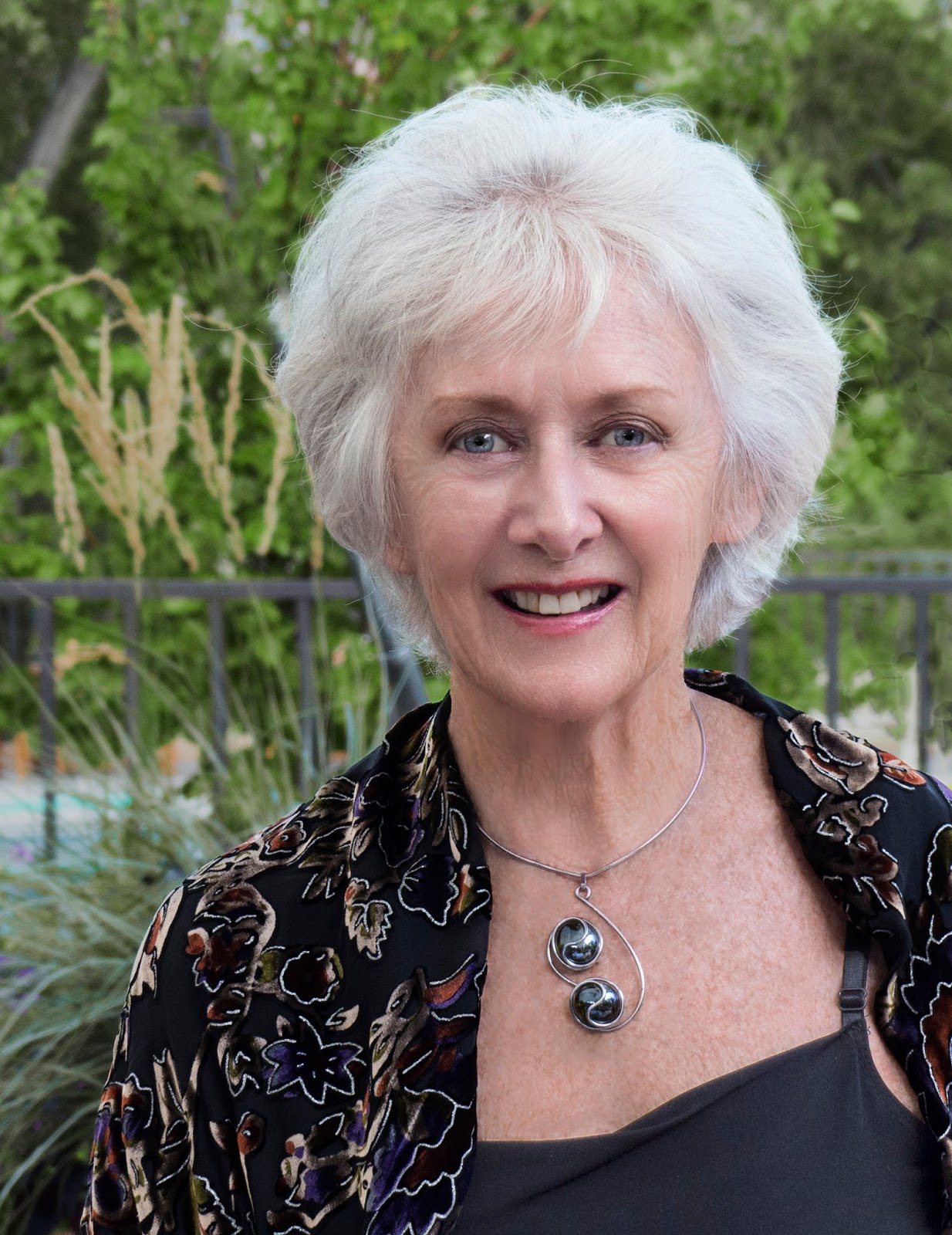REVIEW: Piano-Wind Trio play Loeillet, Ravel, Wolfgang, Debussy, Dutilleux and Poulenc
South Bay Chamber Music Society, Pacific Unitarian Church, Ranch Palos Verdes
DAVID J BROWN
 The program of six short(ish) works played by Jennifer Johnson (oboe), Judith Farmer (bassoon) and Robert Thies (piano) at the SBCMS February concert had some intriguing symmetries and asymmetries. It was bookended by pieces for the entire trio from the early 18th century and early 20th century, with another – and from the only living composer, happily present – as the centerpiece. Four great 20th century French composers were represented, one by an arrangement for one wind (oboe) and piano, another by an original piece for the other wind (bassoon) and piano, the third by a solo piano work, and the fourth by the most cherishable item (for all three instruments) from the most sheerly lovable of the four – no argument I hope about so describing Francis Poulenc.
The program of six short(ish) works played by Jennifer Johnson (oboe), Judith Farmer (bassoon) and Robert Thies (piano) at the SBCMS February concert had some intriguing symmetries and asymmetries. It was bookended by pieces for the entire trio from the early 18th century and early 20th century, with another – and from the only living composer, happily present – as the centerpiece. Four great 20th century French composers were represented, one by an arrangement for one wind (oboe) and piano, another by an original piece for the other wind (bassoon) and piano, the third by a solo piano work, and the fourth by the most cherishable item (for all three instruments) from the most sheerly lovable of the four – no argument I hope about so describing Francis Poulenc.
So far so fascinating, and the concert opener, which being two centuries or more older than all the rest might have seemed a bit anomalous, in fact worked just fine in context. The programs, both printed and online, did get the composer’s identity wrong, but that’s understandable when you have two musical relatives with very similar dates and identical names. For the record, the Loeillet who wrote the Sonata in B minor for oboe, bassoon and piano was not Jean-Baptiste Loeillet de Gant (1688-1720) but the less short-lived Jean-Baptiste Loeillet de Londres (1680-1730). Thus we had a work by a Flemish composer who ended up in England (not his cousin who died in France), cast in the slow-fast-slow-fast Sonata da chiesa form. All over in under 10 minutes, there was plenty of textural as well as dynamic variety in its four brief movements. Whether this was an arrangement from another medium wasn’t clarified, but to my ear the oboe/bassoon/keyboard line-up worked as well in the opening Largo’s gravely beautiful counterpoint for all three in equal partnership as it did elsewhere, where the oboe came to the fore both in its radiant third-movement Adagio “aria” and the agile gymnastics of the finale.
I was not so convinced by what followed, an arrangement for oboe and piano by Prof. David Walter of Ravel’s solo-piano Sonatine in F sharp minor, M.40, cast in three brief movements. It’s one thing to substitute, in a work for x + piano, the instrument that is being accompanied by another of different timbre but similar range, but something else to pick apart a single homogeneous texture and highlight one particular line from it. I felt that in this instance, where Ravel’s original has all the sensitively balanced intricacies that characterize this transcendentally subtle composer, the result sounded certainly more assertive but somehow less rich and even crudified by comparison.
 |
| Gernot Wolfgang and Judith Farmer |
No reservations with the remaining works heard after the interval. Mr Thies delivered a beautifully nuanced performance of Reflets dans l’eau, the first of the three pieces that comprise Book 1 of Debussy’s Images pour piano, which entirely overcame what seemed to me the slightly hard and forward tone of the Pacific Unitarian Church’s Yamaha. Then he was joined by Ms Farmer for the only bassoon-and-piano work in the recital, Dutilleux’s early (1942) Sarabande et Cortège. It certainly made one want to hear more by this extraordinarily long-lived composer (he died less than four years ago). The two brief movements somehow managed to be somber and jaunty simultaneously, with the rhythmical irregularities in the Cortège insouciant enough to bring touches of The Sorcerer’s Apprentice to my ears.
The three soloists had taken turns in verbally introducing each work, and it was Mr Thies’ turn for the final item, Poulenc’s Trio for oboe, bassoon and piano. He noted its pre-eminence among works for this particular combination, and the fabulously alert and spontaneous performance by him and his colleagues certainly demonstrated why it is so frequently performed. They vividly characterized all the drama, wit and variety within the three concise movements of this masterpiece – lovable indeed.
---ooo---
South Bay Chamber Music Society, Pacific Unitarian Church, Rancho Palos Verdes, 3pm, Sunday, February 26, 2017.
Photo: Courtesy Gernot Wolfgang.
If
you found this review enjoyable, interesting, or informative, please feel free
to Buy Me A Coffee!













No comments:
Post a Comment